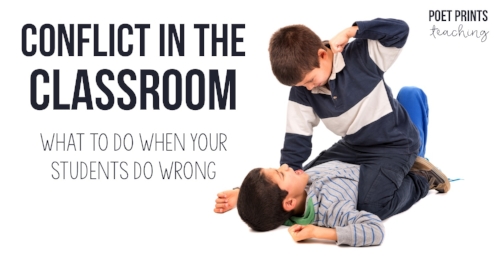It's almost impossible to get away from 'friendship issues' in the classroom. The second half of Third Grade seems to be the season for bickering and fighting, no matter how many community-building exercises we have done in the first half. I absolutely LOVE Third Grade, but it also seems to be the year where they discover that they can be mean to each other by intentionally discluding others in activities and saying generally unkind comments under their breath.
There are so many strategies for building classroom community in tough seasons like these. We've talked about love languages, and learned how to be bucket fillers, I've implemented whole-classroom curriculums on peacekeeping and gone to anti-bullying Pro-D seminars. Today I'm going to share one small activity that has made a big difference.
One of the more successful things I've found was a few afternoons of purposeful play. I would ask students to bring in a favorite board game from home and get ready to use it during class time. (Certain years my students weren't excited by board games, and I'd set out lego or other building materials as an alternative). Then, I would divide them into intentional small groups that would change each day. These groups were designed ahead of time so that students would get to know people outside of their regular social circles.
While students were playing I would project a get-to-know-you or deeper thinking question that they needed to ask their group mates. We'd go through 3-6 questions over the course of our 30-45 minute 'play' time. I always pull my questions from the book 'Q&A a Day for Kids', it's one of my 'secret weapons' as a Third Grade teachers. There are so many great questions. I use it for this activity and for morning meetings every Friday! (You can find it HERE, this is not an affiliate link).
My admin was on board with this afternoon break to play board games and build with Lego because it was purposefully character-building and my students were having a hard time with bullying and exclusion. This was really good for forcing students to get to know people outside of their preferred social groups. Do you have any quick activities to help when your students are being just plain mean to each other? I'd love some new strategies. Let me know below or connect on Instagram, @poet.prints.











